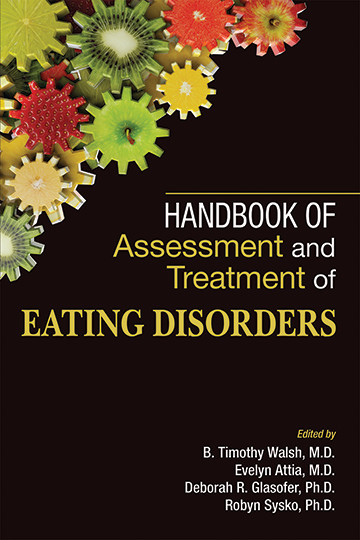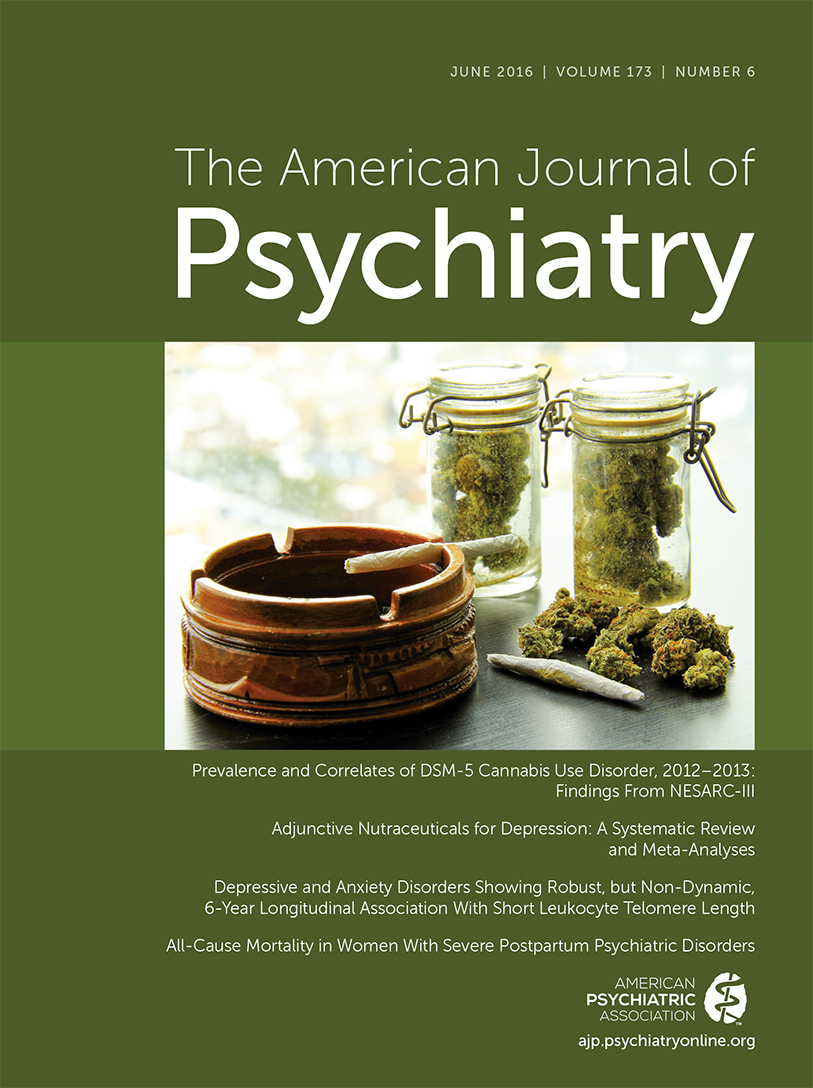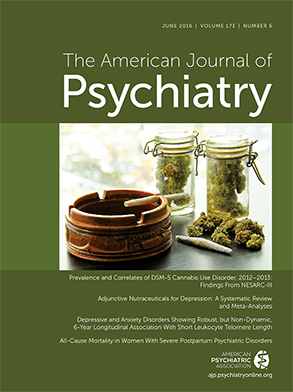This handbook discusses the diagnosis, evaluation, and treatment of eating disorders in a succinct yet fairly thorough fashion. The use of the word “handbook” suggests that brevity was purposeful. It was written by practitioners (psychiatrists, psychologists, pediatricians, and nutritionists) with a wide range of experience and was edited by eating disorder professionals who have vast and impressive experience in the field. It offers a good balance between clinical practice and a scholarly review of recent cutting-edge information about eating disorders. The editors and their authors address the complexities presented by patients of both genders and spanning the age spectrum. They also recognize eating disorders may present in select populations, such as bariatric surgery patients and obese individuals, and give attention to these topical areas. In addition, there is a very interesting chapter reviewing cultural differences in the presentation of eating disorders.
The chapters are well organized and succinct. Each chapter concludes with a helpful review of its key clinical points and an alphabetized reference list. The addition of video material is a novel, informative, and instructive way to highlight germane clinical scenarios.
This book is divided into diagnosis, assessment, and treatment sections. The book begins with an eloquent discussion about the evolution of categorizing eating disorders. It educates the clinician as to how to approach eating disorders using DSM-5 classification and traces the history of the diagnosis of anorexia nervosa, bulimia nervosa, and binge-eating disorder, and the path from DSM-IV to DSM-5. Authors also review rumination disorder and the novel avoidant/restrictive food intake disorder. The assessment section has useful sample questions demonstrating how eating disorder professionals assess patients’ food intake. It reviews assessment tools in detail and is lengthy and intricate, perhaps more than may be useful to those not engaged in full-time clinical practice with patients who are suffering from eating disorders. Yet it has only minimal information about medical signs and symptoms of severe eating disorders or about medical complications of eating disorders. The text is helpful in providing information regarding the challenges inherent in the diagnosis of eating disorders—for example, patients minimizing their symptoms, and the difficulties in assessing patients who have problems with cognitive impairment.
The treatment section offers a practical guide for clinicians and discusses levels of care, nutritional and behavior management, and medications that may be used in patients with eating disorders. The authors, however, rightly emphasize that there is no singular medication that has been found to be useful as an evidence-based treatment for patients who restrict their food intake and are underweight. The section on the treatment of associated eating disorder conditions (rumination, pica, and night eating) offers relevant and also unique suggestions for dealing with these conditions, such as using diaphragmatic breathing techniques to help reduce rumination.
We recommend this book both to professionals working closely with eating disorder patients as well as to those practitioners who come across eating disorder patients in their office or hospital-based practices and who want a cogent sourcebook to help them with assessing and managing these challenging individuals. Certainly, a familiarity with the contents of this text will help achieve a more successful outcome for patients with eating disorders.


